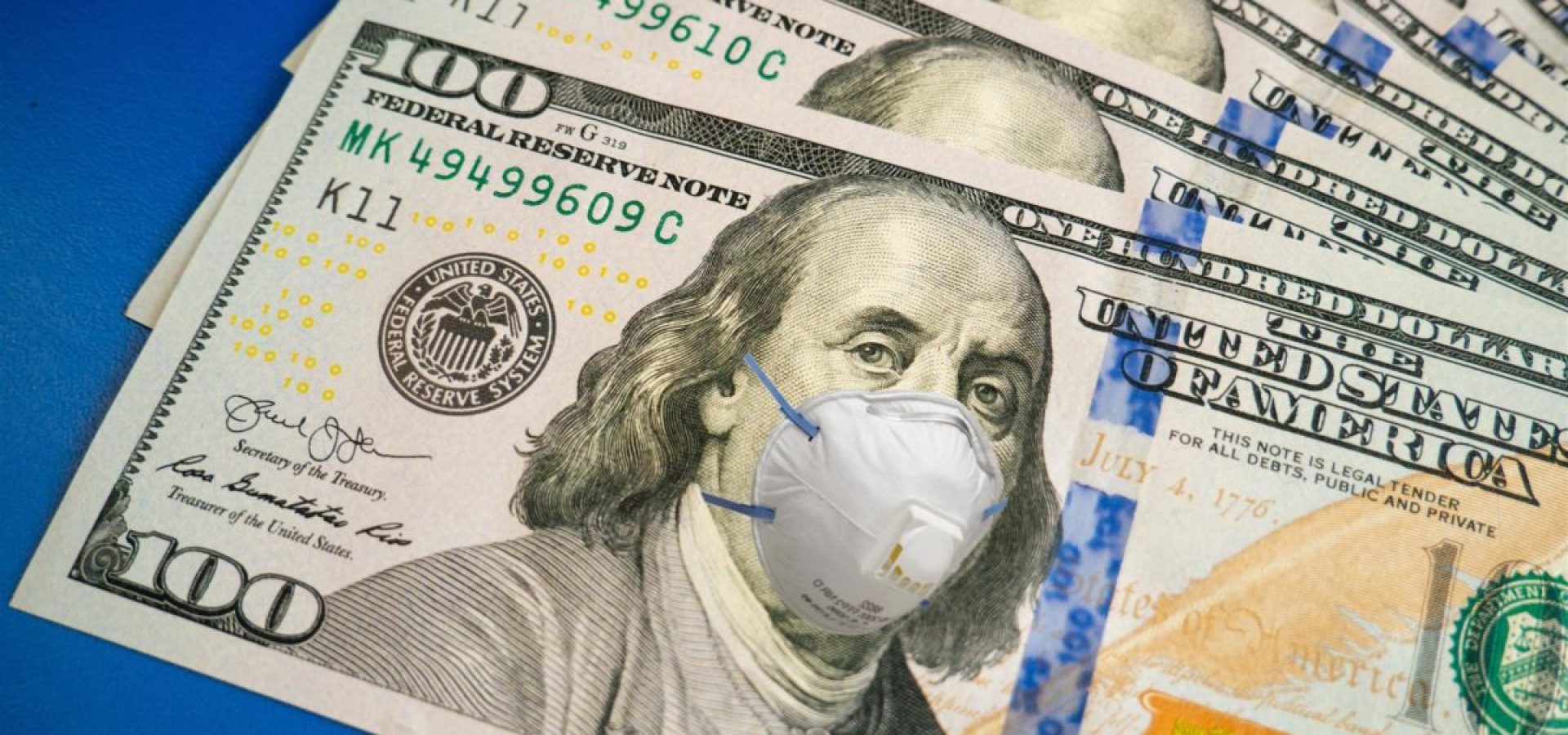The U.S. dollar was close to its highest levels in a while on Monday as the spread of more contagious Delta coronavirus variant made investors nervous regarding the global recovery and sent money to safety. The number of new Covid-19 cases continues to rise all over the world. The global seven-day average of new cases each day is more than half a million for the first time since May.
The U.S. dollar index stood at 92.729, not far from last week’s three-month top of 92.832. The single currency fetched $1.180, just a touch away from the last week’s three-month low of $1.1772.
Traders are holding their breath as England lifts most restrictions. The Netherlands relaxed all restrictions and saw Covid-19 cases soar from 500 to 10,000 per day in two weeks. The U.K.’s government should try to control the situation to avoid a similar situation from happening in the U.K.
The British pound, meanwhile, teetered at $1.3755, its lowest in more than a week, as hopes ride on so-called “Freedom Day”. Although the U.K.’s Chief Medical Officer Chris Whitty warned of potential trouble, facemasks will no longer be required from today. Nightclubs, as well as sporting events, will also be free to function at full capacity in England.
In other parts of the country, devolved governments are taking more watchful steps and will not reopen fully. It comes after Boris Johnson changed his position and his office said Johnson would spend 10 days in self-isolation. British Prime Minister had a meeting on Friday with Health Secretary Sajid Javid, who tested positive for Covid-19 on Saturday. Boris Johnson’s office initially said Johnson and Treasury chief Rishi Sunak would instead take a coronavirus test as part of an alternate system.
The Australian dollar on Monday
The Australian dollar dropped to its lowest point against the U.S. dollar since December early on Monday morning in Asia. The Aussie also declined to its lowest level against the yen in five months.
The Australian dollar was last down 0.2% to $0.7381 and the New Zealand dollar also fell 0.2% to $0.6986. The yen, which rose broadly, gained 0.2% to 109.90 per dollar and up by about the same margin to 129.69 per euro.
Elsewhere the greenback continued its march higher on Asia’s emerging markets currencies on Monday. The Thai baht fell to a fresh 15-month low against the U.S. dollar and the Malaysian ringgit dropped to its lowest point in nearly a year.









COMMENTS